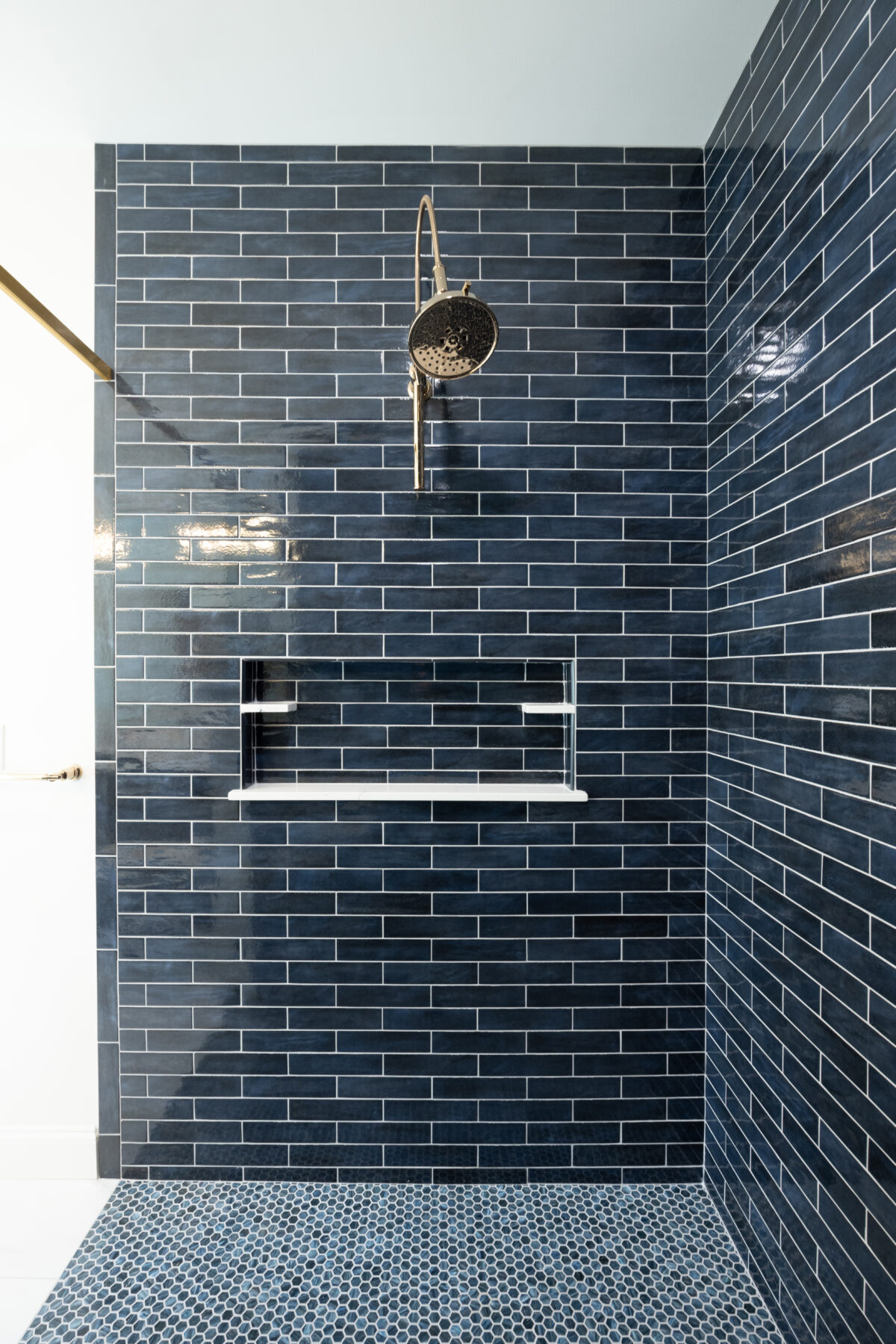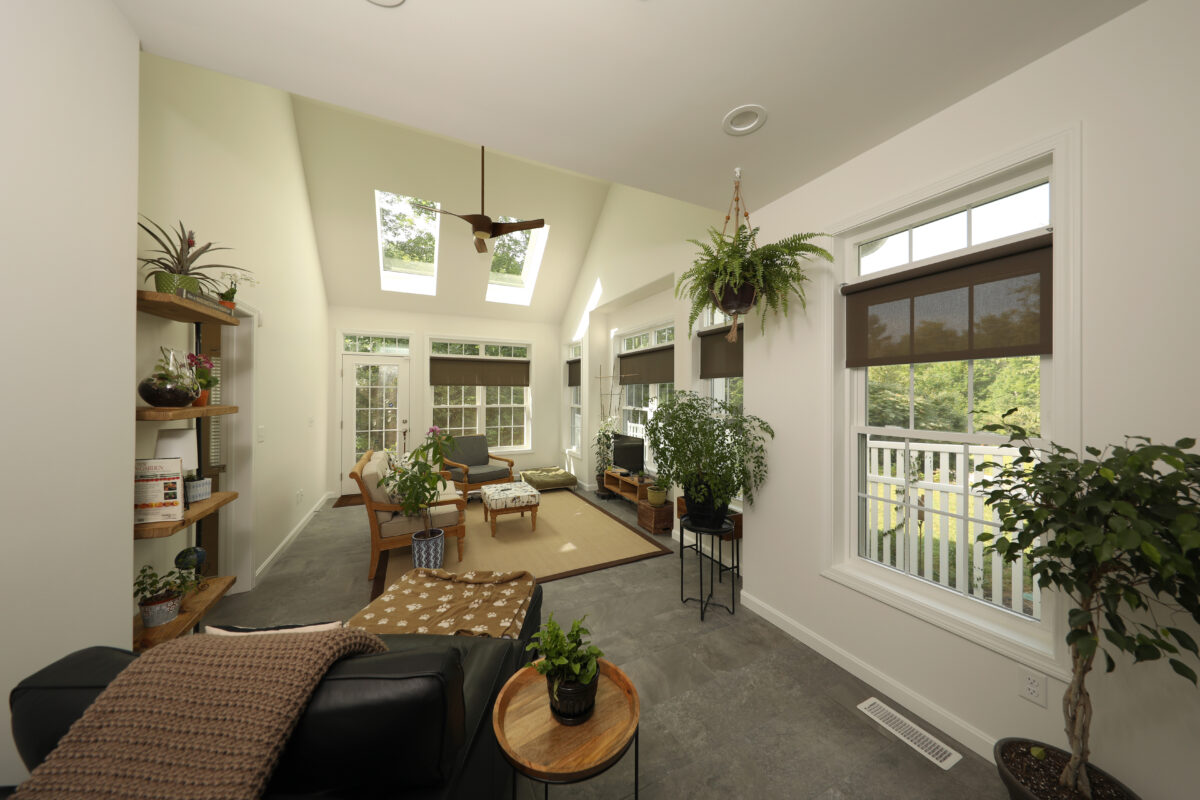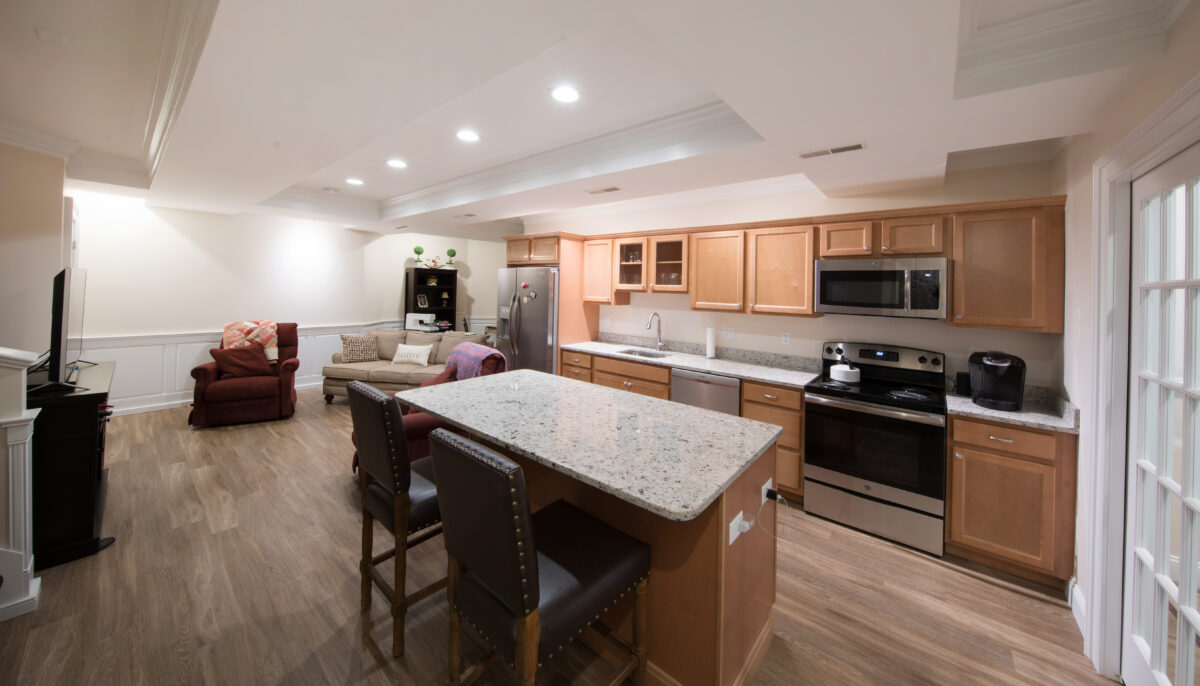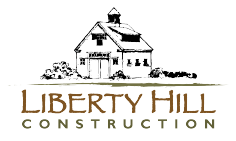Making Your Home More Accessible with Accessory Dwelling Units (ADUs)
In recent years, Accessory Dwelling Units (ADUs) have gained popularity as a versatile solution for increasing living space and adding value to properties. Whether you’re looking to create a space for aging parents, accommodate family members with disabilities, or simply make your home more adaptable for future needs, ADUs offer a practical and efficient solution. In this blog post, we’ll explore how ADUs can make your home more accessible and provide tips on designing an ADU to meet specific accessibility needs.
Understanding ADUs
An ADU, sometimes known as an in-law suite or secondary suite, is a smaller, independent residential dwelling unit located on the same lot as a single-family home. ADUs can be attached to the main house, converted from existing structures like garages or basements, or built as standalone units. They typically include all the amenities of a full home, such as a kitchen, bathroom, living area, laundry, and sleeping space, but in a smaller overall square footage.
Benefits of ADUs for Accessibility
Independence and Privacy
ADUs provide a separate living space that allows for both independence and privacy, making them an ideal solution for elderly family members or those with disabilities who can still live autonomously.
Proximity to Caregivers
Having an ADU on the same property as the main home ensures that caregivers or family members are nearby to provide assistance when needed, offering peace of mind to both parties.
Cost-Effective
Compared to independent living services, ADUs are often more cost-effective. They make use of existing space and infrastructure, reducing construction costs and time, and build equity in your property.
Versatility
ADUs can be designed with flexibility in mind, allowing them to be adapted as needs change over time. This makes them a long-term solution for evolving accessibility requirements.

En suite bathroom with zero threshold walk-in shower and bench for sitting.
When planning an ADU for accessibility, there are several key considerations to ensure the space is functional and comfortable for all residents:
Entrance and Egress
- Ramp Access: Ensure the ADU entrance is accessible by installing a ramp with a gentle slope, ideally no steeper than 1:12. This will accommodate wheelchairs, walkers, and individuals with mobility challenges. If a ramp isn’t an option, consider a stair lift or elevator.
- Wide Doorways: Doors should be at least 36 inches wide to accommodate wheelchairs and other mobility aids.
- Zero-Step Entry: A zero-step entry is crucial for easy access, eliminating the need to navigate stairs.
Interior Layout
- Open Floor Plan: An open floor plan with ample turning space (at least 5 feet in diameter) allows for easy maneuverability for those using wheelchairs or walkers.
- Accessible Kitchen: Lower countertops and cabinets, pull-out shelves, and lever-style handles can make the kitchen more user-friendly. Consider installing an induction cooktop for safety.
- Bathroom Accessibility: Install grab bars, a roll-in shower, and a raised toilet. Ensure there is enough space for a wheelchair to navigate the bathroom comfortably.
- Doors: Consider doors that are lighter in weight with a pull handle vs a knob to allow for easy operation.

Undercabinet lighting is a great feature to improve visibility, enhance safety by reducing shadows, and adds a warm, inviting ambiance to compact ADU spaces.
Safety Features
- Non-Slip Flooring: Use non-slip flooring materials to prevent falls.
- Adequate Lighting: Ensure the ADU is well-lit with both natural and artificial light. Motion-sensor lights can be particularly helpful for those with visual impairments.
- Emergency Features: Consider installing an emergency call system that alerts the main house in case of urgent needs.
Smart Home Technology
- Voice-Controlled Devices: Integrate voice-controlled devices for lighting, temperature control, and security systems to enhance convenience.
- Automated Doors: Automated door openers can be a significant aid for those with limited mobility.
- Stair Lift Technology: Installing a stair lift provides a safe and efficient way for individuals with mobility challenges to navigate multiple levels of a home.
Conclusion
ADUs are a smart investment for homeowners looking to create accessible living spaces. They offer independence, proximity to caregivers, and versatility, making them ideal for accommodating aging family members or individuals with disabilities. By thoughtfully designing an ADU with accessibility in mind, you can ensure a comfortable, safe, and functional living space for everyone.
If you’re considering building an ADU, consult with an experienced architect or contractor who specializes in accessible design. With the right planning and design, an ADU can significantly enhance the accessibility and overall livability of your home.





